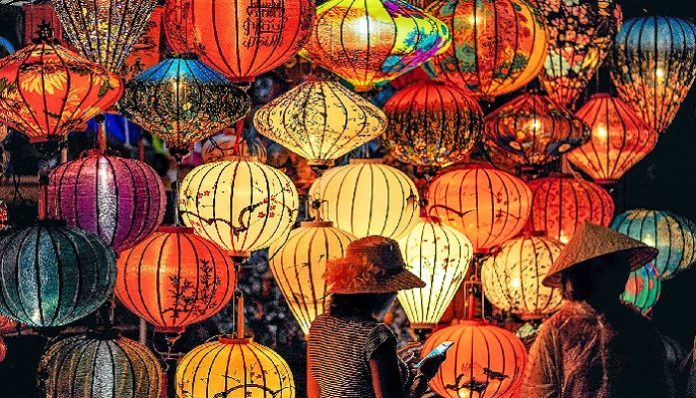
Xin Nian kuai le! Celebrated by one-fourth of the world’s population for more than 3,000 years, the Chinese New Year (also called the Lunar New Year or Spring Festival) is the most important holiday to the Chinese people. Initially, the holiday was a time to honor deities and ancestors but has since evolved into a celebration of a new start. The Chinese population embraces the start of the new year and new beginnings as well as spring planting. The holiday, which will begin on February 11 this year, will celebrate and honor the ox. Here are a few more interesting facts about the Chinese New Year.
1. The official vs traditional holiday.
The official holiday lasts for seven days, while the traditional one lasts for 23 days. Preparations, such as cleaning the house, buying new furniture and clothes, and hanging up pictures, can begin up to three weeks before the start of the new year.
2. The date is never the same.
Because the Chinese follow the Lunar Calendar — which follows the Moon — the Chinese New Year’s date varies every year. However, it will always fall between mid-January and mid-February.
3. Family reunion dinners occur on Chinese New Year’s Eve.
To commemorate the past year, Chinese families gather together for a New Year’s Eve dinner. After the dinner, much like Americans do, the family gathers around to watch the annual CCTV New Year’s Gala, which features many performances.
4. Red decorations are the most common.
Red symbolizes wealth, prosperity, and happiness in the Chinese culture. So it’s not uncommon to see many red New Year’s decorations. Red lanterns light up streets, and red paper cut-outs can be seen on houses.
5. Children receive red money envelopes.
Instead of wrapped gifts, the Chinese give their children red envelopes filled with money. This symbolizes the transfer of fortune from adults to children.
6. Meat Day falls on December 26.
On the December 26, many Chinese go to the butcher’s and get meat for their holiday meals. This is symbolic of the old times when people could only go to the market during the festival because of poverty.
7. Each year honors a new Zodiac animal.
In western culture, Zodiac signs change from month to month. In Chinese culture, though, the Zodiac symbol lasts for the entire year. For 2021, the symbol is the ox and possesses the qualities of being strong, reliable, fair, and conscientious. However, if this year is your Zodiac sign, it’s going to be your unlucky year! Why? Many believe demons can take you during your Zodiac year. Thus, many Chinese will opt to wear some type of red garment if it’s their year.
8. Firecrackers and fireworks are set off on New Year’s morning.
The tradition of setting off fireworks and firecrackers dates back 2,000 years ago to Monster Nian’s legend. Legend has it that people threw bamboo into the fire to drive the monsters away. Today, firecrackers and fireworks are used to bring good luck.
9. There are many superstitions around the holiday.
On New Year’s Day, people are not to shower. Before February 5, throwing out trash or sweeping isn’t allowed either. Why? Tradition states that you may be getting rid of good luck when you sweep or throw trash out. It’s also frowned upon to use sharp items, say unlucky words, or even get a haircut.
10. There is something special to do on each day of the holiday.
For example, on the first day, the traditional lion dance is held, while the second day is reserved for married daughters to go back and visit their birth parents. On the third day, it’s unlucky to have guests or to see others. Trash is usually discarded on the sixth day, and the Lantern Festival, which occurs on the last day, concludes the holiday season until the next year.
You don’t need to visit mainland China to enjoy the festivities of the Chinese New Year. In fact, this holiday is celebrated in many parts of the world. Have you ever gone to a Chinese New Year celebration or want to one day? Let us know in the comments below!
Featured image via Min An on Pexels


















